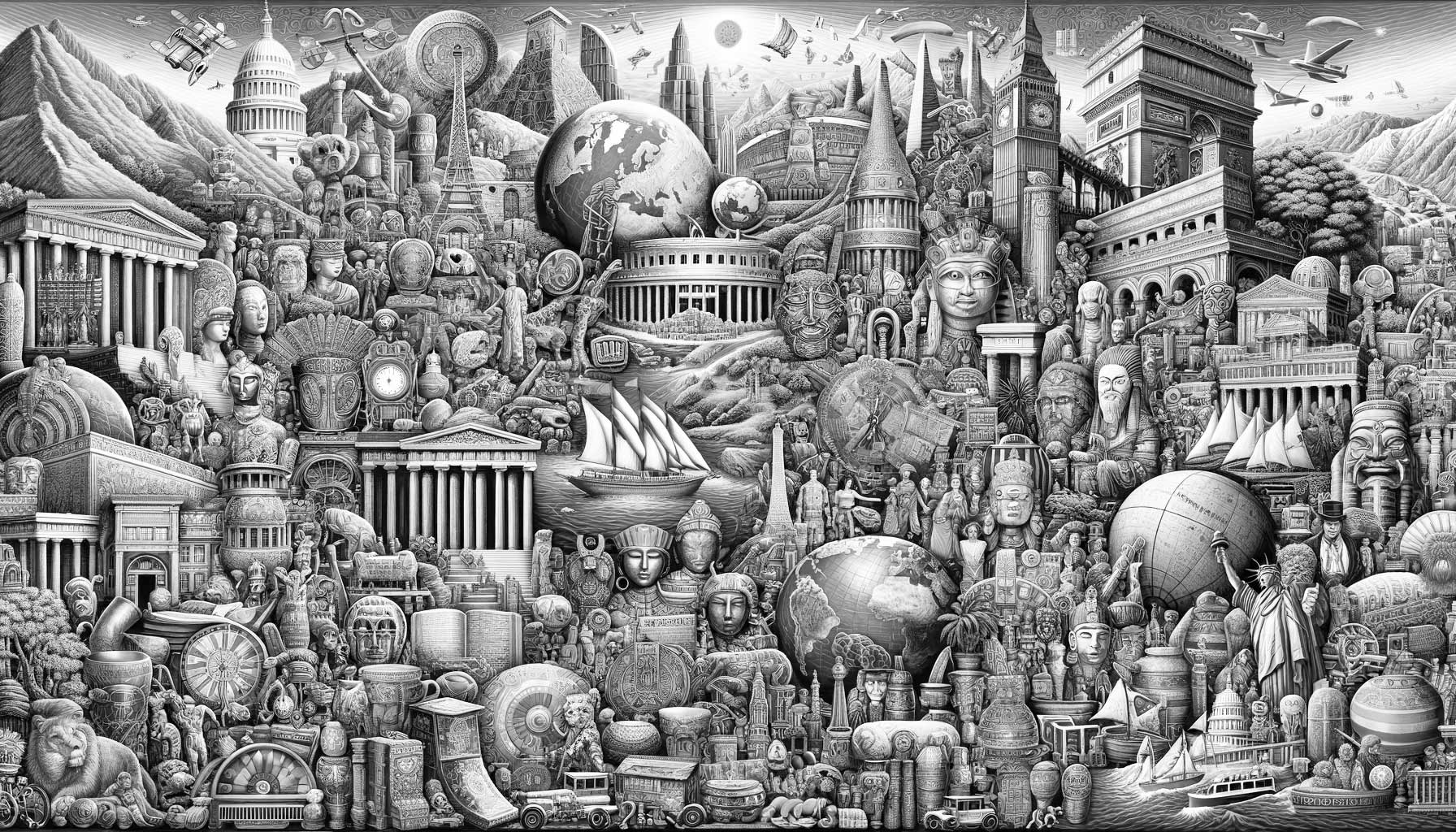Flashback to July 9
World History

1492
Christopher Columbus becomes the first European to set foot on the island of Hispaniola.
Read moreChristopher Columbus, an Italian explorer supported by Spanish Monarchs, set foot on the Island of Hispaniola on December 5th, 1492. This event stands as a significant chapter in history as Columbus became well-known for creating one of the first links between Europe and the pre-Columbian Americas. Nevertheless, it’s essential to dissect critical aspects of this event, from the historical context to its implications.
Widely known for his exploration ventures, Christopher Columbus set sail in pursuit of a westward route to the Far East. Backed by Spain’s Catholic monarchs, Queen Isabella I and King Ferdinand II, Columbus undertook what was known as the ‘First Voyage,’ resulting in his arrival at the Island of Hispaniola on December 5th, 1492.
It’s crucial to delve into the broader scope of this event. Historically, Hispaniola was inhabited by the Taino people, a subgroup of the Arawak tribe. Columbus’s arrival marked the beginning of prolonged interaction between Europeans and native inhabitants of the Americas, making it a turning point in history. The Island of Hispaniola, which today is divided into the nations of Haiti and the Dominican Republic, was the first place Columbus established his settlement – La Navidad.
Diligently, Columbus navigated the perilous ocean waters with three ships, the Santa Maria, the Niña, and the Pinta. The Santa Maria was wrecked just off the coast of Hispaniola, and subsequently, Columbus used its remaining timber to build Fort Navidad. From then on, the island became a strategic base for Spanish exploration endeavors in the New World.
Despite the undisputed milestone Columbus achieved as the first European to set foot on the Island of Hispaniola, it is important to consider the impact of his arrival on the indigenous population. Regrettably, within years following his landing, the indigenous Taino population was significantly reduced due to diseases, merciless exploitation, and brutal subjugation by the Spanish colonizers.
This historical narrative, however, prompted significant shifts in the global order of things. Columbus’ contact with the Hispaniola Island introduced a new world, not only to the Europeans but also to a larger scope of human civilization. Rich in gold and resources, Hispaniola became a central point for Spanish exploration and conquest, and later, colonization of the Americas.
A remarkable characteristic of Columbus’s arrival on Hispaniola is its significant contribution to the culture and heritage we see today in the Americas. The Spanish introduced European art, music, literature, and unique Spanish customs that heavily influenced the culture of the New World. Furthermore, his explorations saw a major exchange—commonly referred to as the Columbian Exchange—of crops, livestock, and diseases between the Old World and the New.
the historical event of Christopher Columbus setting foot on Hispaniola on December 5th, 1492, is one that deserves tremendous attention. While it sparked the dawn of European exploration and colonization in the New World, it also marked the commencement of significant cultural and biological exchanges between the two worlds. Whether viewed from a perspective of exploitation or discovery, this historical milestone undeniably played a pivotal role in shaping the world as we know it today.
We strive for accuracy. If you see something that doesn't look right, click here to contact us!
Sponsored Content

French and Indian War:…
The Braddock Expedition during…

Lightning sets fire to…
On 7/9/1984, the historic…

British warship “Vanguard” explodes…
On July 9, 1917,…

In the Azores Islands,…
The Azores Islands experienced…

Maulana Muhammad Ali Johar…
On 7/9/1921, Maulana Muhammad…

Voyager 2 flies past…
On July 9, 1979,…

